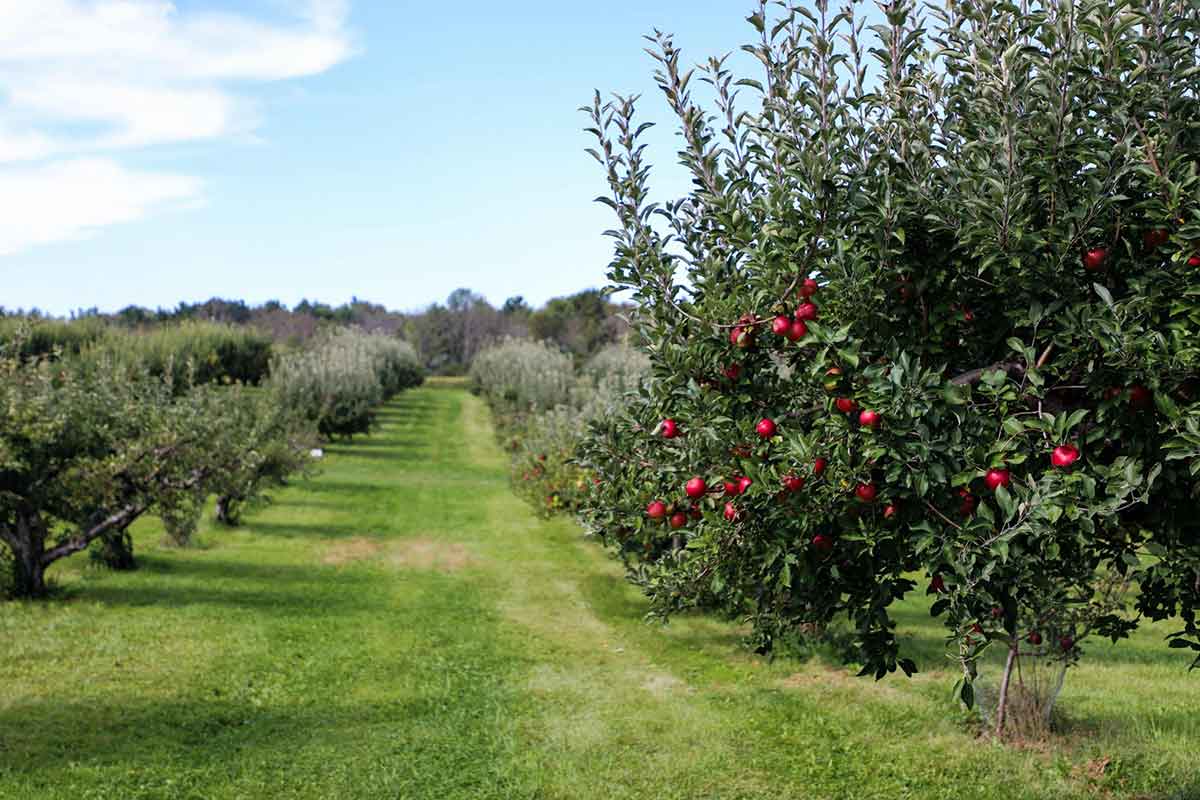If you own a riding school or manage an arena, you know how important it is to keep the ménage surface consistent and safe for horses and riders. Surfaces can suffer various problems from deep riding to ‘locking up’ and hardening. Most ménage surface structures consist of non-waxed sand and synthetic surface tops, and these need regular maintenance.
You could lightly harrow the arena daily with something like a framed harrow, also perfect for horse paddocks and field management or even compact tractors which make quick work of daily ménage management and maintenance.
Synthetic top ménage management
If your arena surface is varied in thickness, it is useful to examine the depth to which the sand and synthetic have mixed. Again, regular maintenance is key. The synthetic material will usually be PVC or rubber. Grab hold of a spade and dig to see if the sand and synthetic are mixed together ideally at half the depth of the ménage. In the top half of the depth, you should see around 3 inches of pure sand, followed with a top-up of something like rubber. The insulation protects the surface from evaporation in hot sun conditions and in the reverse insulates the sand from frosts.
To keep the rubber on top in good condition and reduce the risk of sand dehydration you may like to add fibre to the surface. This goes some way towards preventing ‘deep going’. This is when surfaces lock up, leading to water retention through the formation of a ‘pan layer’. If this has already happened, get a few strong hands together with some wheelbarrows and shovels and shift the surface back to fill in thinner areas. You might need to top up with sand, aiming for approximately 150mm over all depth.
If there’s too much compaction or water isn’t getting through the sand and draining, use an arena groom set or harrow attached to your tractor, or if this fails a small excavator to break up the surface and then lay it down again.
Once you have the surface back in tip top condition, maintain your ménage by continual light harrowing on a daily basis to fill hoof marks. This way, you can reduce surface area damage, keep your rubber/pvc surface insulating evenly and minimise dehydration of the sands below.
Ragwort Control
Paddocks, pastures and areas where ragwort establishes will benefit from regular mowing with a topper mower. These popular tractor attachments easily fit compact or medium sized tractors and are essential for maintaining horse paddock areas. Not only do compact tractors and topper mowers make light work of the job at hand, they are also ideal for navigating through small spaces and paddock gates, unlike larger farm tractors which tend to struggle around tight smallholdings. Horses out to pasture easily churn the ground when running, graze grass very short and create open, bare patches vulnerable to weed infestations such as ragwort. These pesky seeds can transfer to the ménage, so it is wise to be vigilant.
This biennial weed usually flowers in the second year of infestation (June to October) and after producing seeds, it dies off. To horses, ragwort causes liver failure and if enough of the weed is eaten, there is no effective treatment to reverse the damage to the liver cells. The British Horse Society ragwort guide recommends all ragwort is removed from ménages and pastures, and never to leave it in a dried up state as it becomes more palatable to horses but retains its poisonous properties.
For expert advice on how to manage your ménage horse riding arena, or other groundcare equipment supplies call our team on 01420 520510 or email sales@farmtechsupplies.co.uk.








